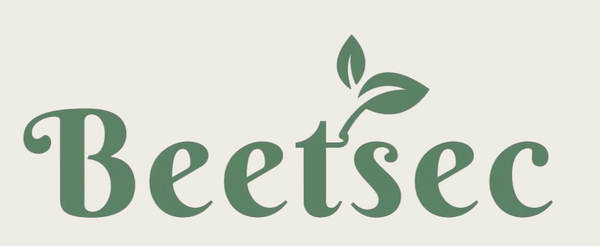
Hemorrhoids vs. Fissures: What’s Causing Your Pain? (And How to Tell the Difference)
You are in pain. You dread going to the bathroom. But when you try to search for answers online, it gets confusing.
Is it a hemorrhoid? Is it a fissure? Or is it something else?
While both conditions affect the same sensitive area and can cause bleeding, they are actually very different problems with very different sensations. However, because the location is the same, many people misdiagnose themselves.
Understanding the difference is the first step to feeling better. Here is a simple guide to help you decode your body’s signals—and why you don't need to panic about choosing the wrong remedy.
The "Paper Cut": What is an Anal Fissure?
If your bathroom experience feels like passing shards of broken glass or razor blades, you are likely dealing with an Anal Fissure.
A fissure is essentially a small tear or cut in the lining of the anus (similar to a chapped lip or a paper cut).
The Tell-Tale Signs:
-
The Pain Type: Sharp, stinging, and intense. It typically spikes during a bowel movement and can leave a lingering, burning throb that lasts for hours afterwards.
-
The Bleeding: Usually bright red blood on the toilet paper (fresh blood from the tear).
-
The Spasm: The pain can cause the sphincter muscle to spasm (tighten up), which ironically makes it harder to heal because it reduces blood flow.
The "Swollen Vein": What are Hemorrhoids (Piles)?
If your discomfort feels more like a dull ache, heaviness, or a nagging itch, you are likely dealing with Hemorrhoids.
Hemorrhoids are swollen veins (like varicose veins) in the rectum or anus. They take up space, creating pressure.
The Tell-Tale Signs:
-
The Pain Type: Dull, throbbing, or heavy. It feels like "pressure" or like you are sitting on a small ball. It is often more uncomfortable after a long day of sitting or standing.
-
The Itch: This is a major differentiator. Hemorrhoids often leak mucus that irritates the skin, causing the infamous "Pruritus Ani" (intense itching).
-
The "Incomplete" Feeling: Because of the swelling, you might feel like you haven't finished going to the bathroom, even when you have.
At a Glance: The Comparison
| Feature | Anal Fissure | Hemorrhoids |
| Primary Sensation | Sharp, Stinging (Like glass) | Dull, Heavy, Itchy (Like pressure) |
| Timing of Pain | Intense during bowel movement | Constant ache or discomfort while sitting |
| Visible Signs | Often invisible (internal cut) | Often a visible lump or protrusion |
The Good News: You Don't Need Two Different Creams
In the past, you might have needed one cream to numb a fissure and a different one to shrink a hemorrhoid. It’s confusing, and let’s be honest—sometimes you might have both at the same time.
This is why we designed the BeetSec Botanical Complex to be a dual-action solution. You don't need a medical degree to choose the right relief.
Our formula uses specific botanicals that address the root needs of BOTH conditions:
1. For the "Sharp" Fissure: Protection & Barrier
Fissures need protection to heal. Every time you go to the bathroom, you risk re-opening the tear.
-
How BeetSec Helps: Ingredients like Cnidium and Smilax work to create a silky, breathable barrier over the skin. This lubricates the area, reducing friction and allowing the skin to recover without being re-irritated.
2. For the "Swollen" Hemorrhoid: Shrinking & Cooling
Hemorrhoids need circulation support to reduce the swelling.
-
How BeetSec Helps: Sophora Root is traditionally used to clear heat and reduce swelling sensations, while Natural Menthol provides immediate cooling to stop the itching and throbbing pressure.
Support Your Recovery Today
Whether it’s the "broken glass" sting of a fissure or the "heavy pressure" of a hemorrhoid, the goal is the same: Calm the area, reduce the inflammation signal, and protect the skin.
Stop guessing and start feeling better.
Experience the dual-action relief of modern botany.
👉 Shop BeetSec Soothing Botanical Cream

